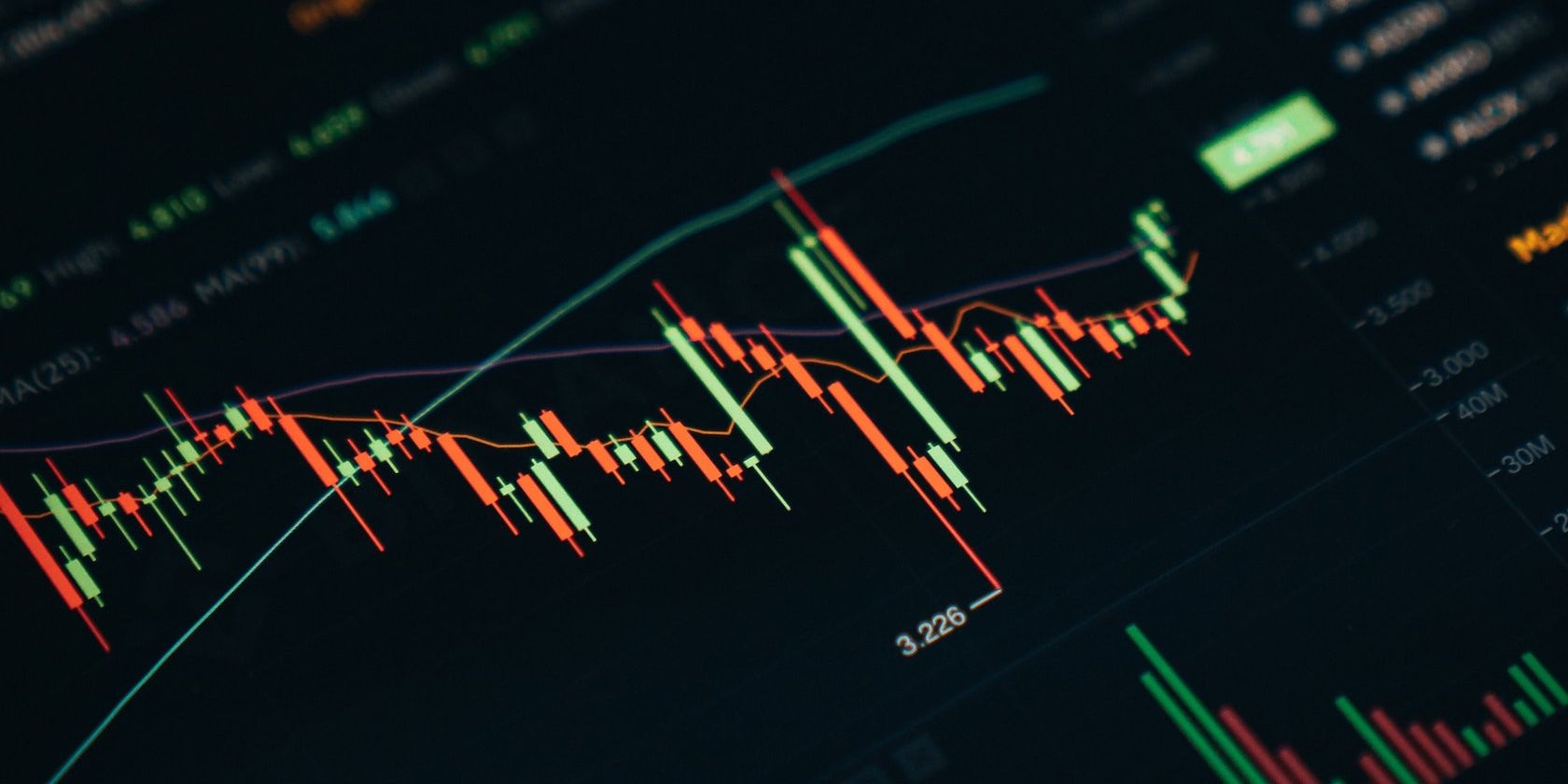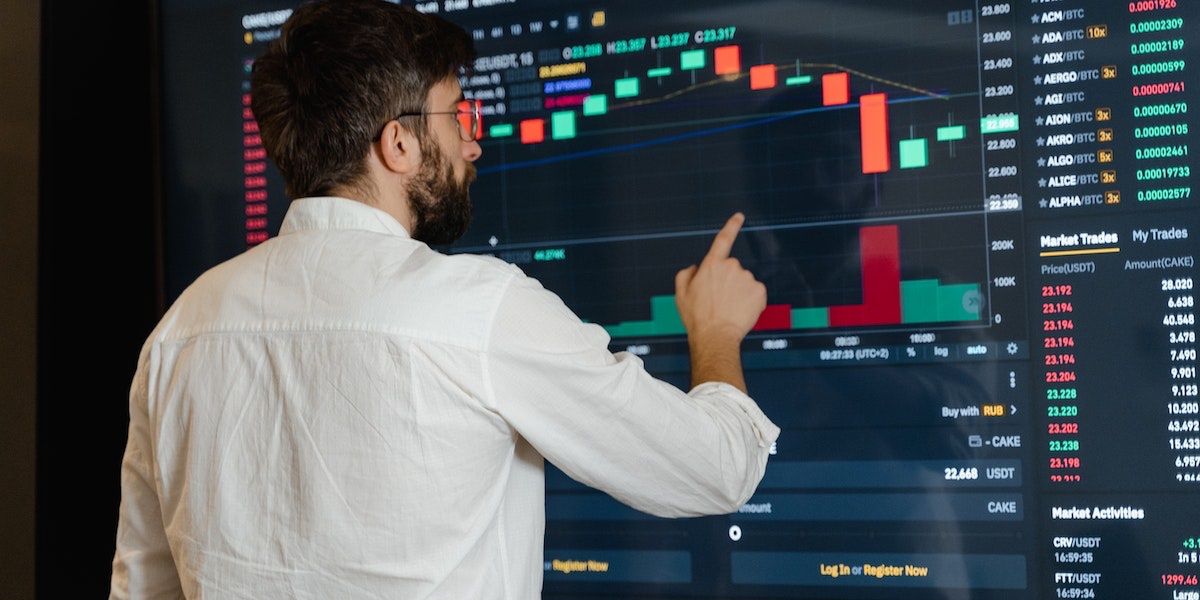Leveraging is a quick way to earn more when trading. With it, you can boost your trading profit by a lot. Of course, it sounds intriguing; however, it is a two-edged sword that not only benefits but also causes a nightmare for many beginner crypto traders when it is not properly managed. For this reason, you need to know what leverage is, how it works, and how to manage your risk when using it.
What Is Leverage in Cryptocurrency?
Leverage allows you to get a larger exposure to the crypto market than the amount you deposit to open a trade. It is more like using borrowed funds to open trades while providing just a fraction of the trade's full value.
Traders and investors use it to augment the amount they own in their wallets to have more capital to trade with. Leverage is given by the broker or exchange you're using, and the amount of leverage usable for trades varies from one exchange and trading instrument to another.
How Does Crypto Leverage Trading Work?
Leverage is usually represented in ratios. Exchanges typically offer leverage options between 1:1 to 1:500, and even higher. Using the leverage of 1:100 means that you can execute a trade that is 100 times (100x) higher than your initial margin. The leverage ratio for a position is determined by comparing your total market exposure with your deposit, also known as margin.
So let's say you open a buy position on BTCUSDT with $100. If the price rises by 5%, your profit will also rise by 5%, which means you will have $105. If you use 10x leverage, your position will be multiplied by ten. So if you have a 5% increase, the result will be multiplied by ten (the leverage), which means you will have 50% profit instead of the 5% you had without leverage.
On the other hand, if the trade goes against you by 5%, you will also lose 50% of that position, and if it goes against you by 10%, your position will be liquidated, and you will lose your money.
Let's explain it another way. If you have $1,000 in your wallet and want to enter a position on DOGE/USD worth $10,000, you can leverage it by 10x, which means your margin will be multiplied by 10. However, if you have less than $1000, say $500, you can also increase your leverage to 20x, and you will still be able to enter the $10,000 position.
Just like in the first example, trading with more leverage also means that your potential losses are amplified, and if the trade goes against you, you will lose a lot more than you would have lost without leverage.
Ways to Manage Your Risk When Using Leverage
Now that you know how leverage works, it is necessary to manage your risk when using it. Below are ways you can do that:
1. Determine Your Risk Per Trade
Before you decide on the amount of leverage you intend to use, you must first determine the percentage of your capital you intend to risk per trade. The common advice of many expert traders is not to risk more than 3-5% of trading capital per trade, no matter how promising it looks. This is because no trade has an assured outcome, and over-leveraging will put your wallet balance at high risk if the trade continuously goes against your prediction.
2. Use Stop Loss and Take Profit Targets
Stop-loss and take-profit orders are types of market orders that help traders control the amount they make or lose on any given trading position. The stop loss helps to limit your losses when the price gets to a certain point you have predetermined, while the take profit secures your profit when the price gets to a specific point.
The stop-loss and take-profit orders will help you stay in control, no matter how bad the market condition is or how high leverage you are using. Think of a case where you have a risk-to-reward ratio; say you risk 2 percent of your account per trade, no matter how much leverage you use. Using a stop loss that stops the trade when the market goes against you by 2% keeps you in the game since the loss would still go according to plan. If you do not use a stop loss, a single bad trade can make you lose a lot of money.
3. Keep a Separate Account
The crypto market is unpredictable; even with the best analysis, the market price could still go against your predictions. Thus, you can't always be accurate, so it is dangerous to leverage all the amounts you have in your account. Doing so can affect your emotions since you do not want to lose your whole portfolio. For this reason, it is better to keep a separate account for leveraged trading by allocating a certain amount of your capital to it.
4. Try Leveraging a Simulated Account
You can't control the amount of leverage you use if you don't understand how it works. One of the best ways to grasp its workings is by trying it out on a simulated account since it doesn't involve any risks.
Paper trading for a while will make you see how leverage works, and with that, you will be able to know what amount of leverage you are comfortable using. A paper trading or mock trading account helps you trade with a simulated account the same way you would with a live account.
The leverage you use will affect your profit and loss the same way it would have affected it in a live account. Thus, it can help you know how much leverage you are comfortable with or if you are not even interested in using any leverage.
Leverage Magnifies Your Profits and Losses
Leverage can help you make more profit in a shorter time than the average trader who is not using any leverage at all. In the hands of a skilled and risk-management-conscious trader, it could be a reasonable advantage. The same is very risky and can lead to significant losses and even the liquidation of an account for careless traders.
The effect it can have on your account is tremendous. For this, it is necessary to take your time to understand how it works and ensure its use is always controlled by applying the tips we have given.


